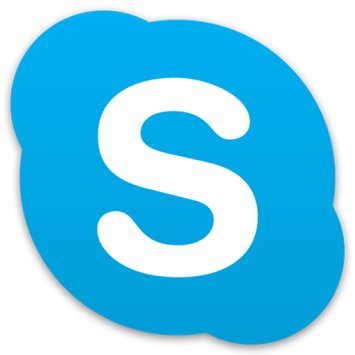There are many things that come to mind when we think of what our students need. A welcoming learning environment. A positive atmosphere. An educator who cares about their knowledge. However, what we often overlook – even myself until recently – is introducing our students to a broadened perspective. We shouldn’t teach them material simply for a classroom exam nor a state exam. We shouldn’t just introduce them to the topics required by the school board. Lastly, we shouldn’t, as educators, be close-minded to the material taught and the tools used to teach them. We should want our students to expand their outlook on all of the events and individuals this world has to offer.



Technology has become more prevalent today than ever. It is so vital that are educators we use these resources to our advantage to connect with other classrooms worldwide. By connecting the school-required curriculum to outside sources it allows the material to come to life rather than to only be remembered for an exam. It allows our students to understand other students opinions on situations, as well as hear their own situations. By blogging, calling or even using Skype to connect with others, it expands that lesson from a textbook to reality. Recently, through The Global Educator textbook, by Julie Lindsay, I have discovered a classroom who used Skype to connect with a classroom in Pakistan. When the class had concluded reading “I Am Malala”, the connected with a class near Malala’s hometown to hear their perspectives on her. The students were surprised to discover that in Pakistan the citizens feel differently about Malala and her family than how Americans view her.

By using these online tools, the students went from simply reading the story to applying it’s contents to outside of the classroom. This showed them that their perspective is not the only one. The world is full of different cultures, beliefs and opinions and by allowing them to hear outside perspectives and their reasoning behind it, it expands their global learning. Educators need to take the time to research different websites and tools which may be applied in the classroom to benefit their students. For example, have students contribute their work on Google Classroom in order to be monitored and efficiently track their progress. Skype. Twitter. Blogs. Google. There are an endless amount of advantages out there that should be facilitated in the classroom setting to contribute to the positive learning environment we are attempting to provide to our students.